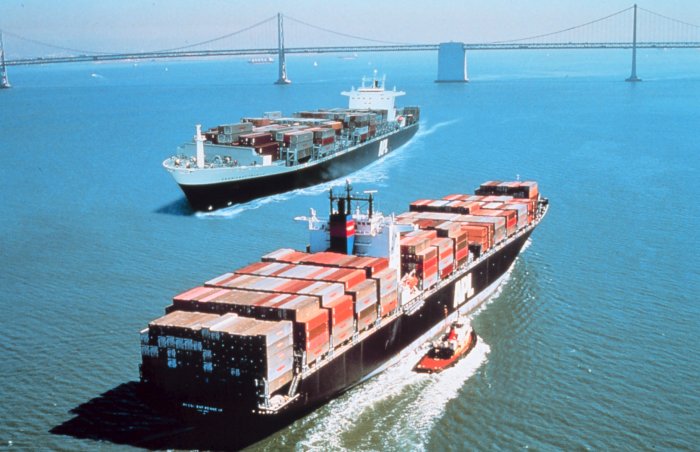Over the years, furniture retailers have become well versed on how to handle the unpredictable and rocky terrain that is the retail landscape. Recessions, declining consumer sentiment, natural disasters and increasing consumer debt have become familiar obstacles. But now, the issue of tariffs has become a new concern. There is no blueprint or history on how to work through an issue such as this.
Recently, tariffs were increased from 10% to 25% on goods coming from China. Many furniture retailers were able to hedge this increase in the short term by pre-buying ahead of the projected increase date. But the window to do this seems to have passed. That leaves many retailers on the outside looking in, with major concerns about just how much of the 25% increase will be passed directly onto them.
Unfortunately, keeping prices stagnant and waiting it out is just not an option for most manufacturers. When the first wave of tariffs was implemented, many were able to limit the cost hike to less than the 10% tariff. But this time, retailers will experience a more significant increase. In fact, many manufacturing companies are already being forced to raise prices again. And while a number of furniture retailers were able to absorb the first round of increases internally, this likely won’t be possible a second time.
There is the opinion that the tariff standoff will be short lived. Many indicators point to a cooling global economy that will force China’s hand at the negotiating table. Additionally, consumers spent at record levels in the middle and end of 2018, which has taken future demand out of the marketplace for the short term.
In the interim, many retailers are seeking out manufacturing companies that do not produce in China. Many manufacturers located in Vietnam, Malaysia and Mexico – both inside and outside the furniture industry – have reported a spike in business and increased production. As a result, many more are shifting production outside of China as we speak. The furniture industry, unlike many other sectors, seems to be one of the front runners in benefiting from this shift. Major investments in facilities and infrastructure in other countries, most notably in Asia and Central America, have been a blessing to those regions, and to the retailer and consumer here at home.
This shift does not totally negate the tariff increase for retailers, however. That’s because even after shifting as much business as possible outside of China, furniture manufacturers are still usually forced to absorb some residual costs on those goods due to the raw materials that were imported from China. For example, steel and lumber that is used in the production of all bedroom, dining room and occasional pieces will have to realize some cost increase. Also, manufacturers who produce upholstered and leather product, and must still source from China, will need to pass additional costs along to the retailer.
In summary, furniture dealers have had to become very savvy with their consumer marketing strategies. There are many examples of dealers who have used this tariff issue to their advantage when trying to get the attention of the customer. Retailers have started doing business with manufacturers outside of China or bought early at a lower cost to ensure high inventory levels.
Retailers have also increased their focus on protection plans that benefit their bottom line while also providing the customer with a better experience in the event of a defect or service issue. Special financing promotions to increase ticket size has also been implemented to help increase the revenue stream and hedge against the possibility of future tariff increases.
Finally, the “Buy American” or “Buy Local” movement has never been more popular than it is today. Retailers have seized upon that trend and are promoting domestically made goods over imported goods in their stores with overwhelming response.
Only time will tell how – and when – the tariff issue will be resolved. But by diversifying their buying and marketing strategies, retailers should find it easier to weather the storm while it lasts.




